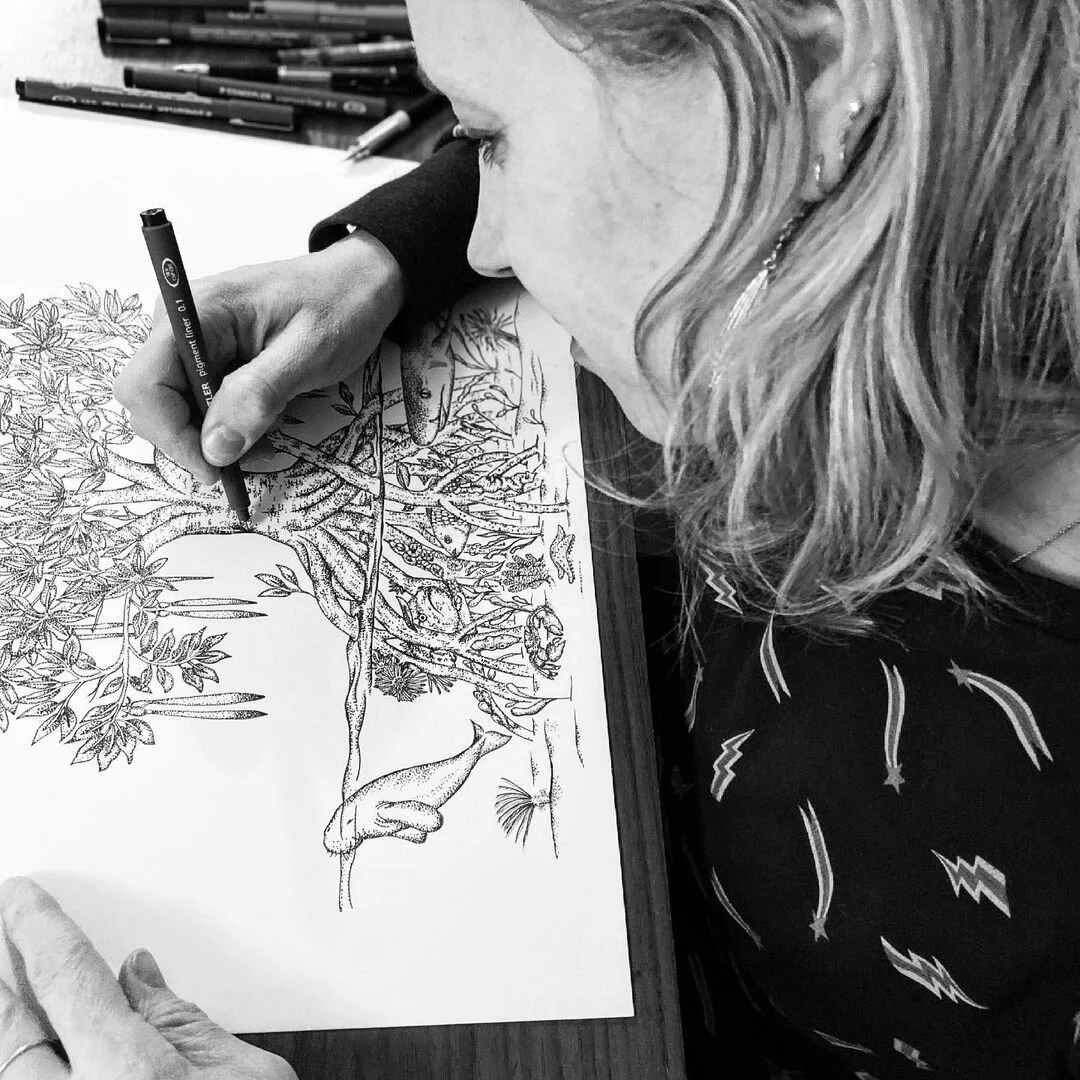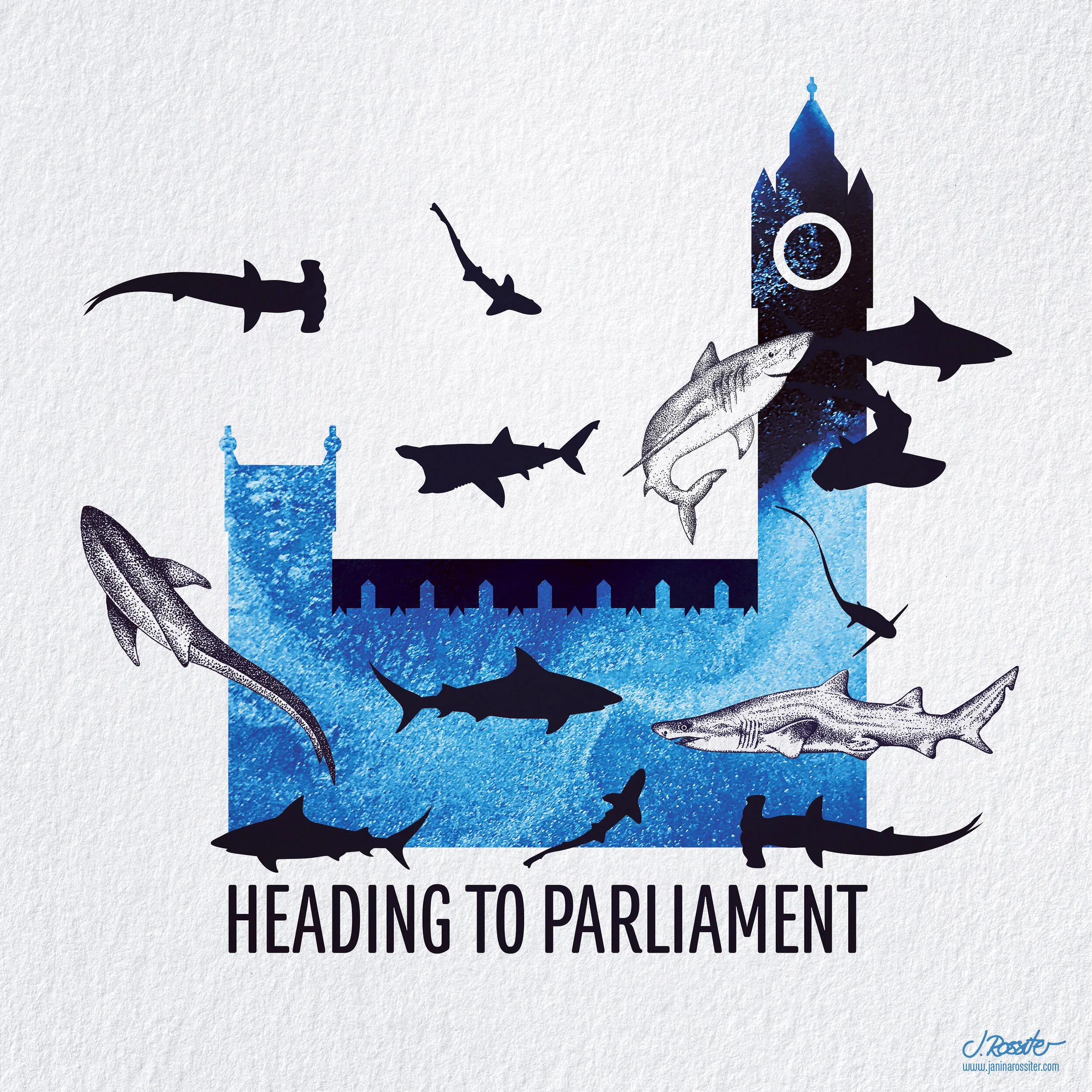Artivism: How Creativity can Influence Conservation
Josh Pysanczyn
Janina Rossiter (Nina) is an illustrator, author and environmental activist. As an Amazon bestselling and multi-award winning author of children’s books, Nina provides a platform for conservation which reaches the most important of audiences… the next generation of naturalists and environmental stewards.
Hey Janina! Tell us a bit about yourself and what you do
My name is Janina Rossiter (but everyone calls me Nina!), and I'm an Artivist, artist, graphic designer and mother. I live near Paris with my British husband and my two young daughters. I'm originally from Germany, but have lived in the USA, UK and, for the last 11 years, France. I feel rather international, but France is where I call home!
I work as a freelance graphic designer at the same time as being an artist and children's book author. Since becoming aware of the extent of plastic pollution, I have felt a strong urge to create art that spreads the message that our oceans are in trouble and raises awareness of the problems they face.
For those who don’t know, what is Artivism and what does it mean to you?
I actually discovered the word ‘Artivism’ through Instagram hashtags. I think we are all aware of activism, but I feel that it can sometimes come across a little… forced. What I like about Artivism is that I can use it in a gentler way, even though the impacts can be just as strong.
When I give talks to children at schools, I always point out that Artivism is a combination out of the two words Art & Activism, and that's exactly what it is!
Artivism speaks the language of art, which is universal. You don't need words, and anybody can understand it. Personally, I’m quite shy when it comes to speaking up and putting myself out there, especially in front of big groups of people. However, I don't have that same feeling when I’m thinking about a piece of artwork that needs to make people realise that there is a problem that we need to act upon. That's why I love Artivism. It takes away all my insecurities of not speaking up, rather the contrary, I feel like I can blossom in such a way that I can't stop. You can share a message, without using words. You can more easily become an Artivist than an activist, so it's also open to a wider audience.
Artivism images can also be upsetting but that’s not my goal - I’m keen on giving them a little twist to make the viewer think about the underlying message.
What inspired you to combine creativity with environmental activism and become an Artivist?
I never really planned to become an Artivist, or to focus my art around environmental issues. I was always concerned about the environment from an early age, and it was Al Gore that made me really take global warming seriously. Although, I was still young and I didn't fully understand the connection between our actions and global climate change. When I finally understood the effects of plastic pollution, it opened my eyes to the impact we have on our environment, and to the fact that our actions really do matter.
Everything changed for me with a family visit to the Paris Aquarium.
I was working on a picture book for children at the time and doing some research on sea creatures. During a talk that the aquarium was giving about plastic pollution, my daughter raised her hand to volunteer. The fact that my daughter volunteered and really displayed her eagerness towards protecting sea creatures really moved me and I became even more curious as to what was going on in our oceans. So, when I came home that night, I started researching ocean pollution and the results left me in shock. At that moment, it was clear to me at that my counting picture book had to change to become a book which helps raise awareness of plastic pollution.
Combining her raw, natural artistic talent with her passion for environmental activism, Nina is able to create beautiful images which encompass a powerful message. Illustrations: Janina Rossiter.
From that moment, I couldn't stop. Something had changed inside me and I could no longer sit around and watch as our planet was destroyed. Our planet is our home, and we should all feel responsible for protecting it.
I also get very inspired by the children I visit and speak to in schools about my book ‘123… who’s cleaning the sea?’. Their support and encouragement really inspires me and motivates me to continue the fight.
Once I got going, I watched all the news and developments around plastic pollution and used the news headline to inspire my artwork and creations. I sometimes feel that words can be easily overlooked, but that people are more likely to remember an image and be emotionally impacted to change their actions.
Who or what do you draw your creative influence from?
I draw a lot of my inspiration from news headlines, wildlife photographers, and other activists.
I was very lucky. Right at the beginning of my journey a few activists and wildlife photographers were especially kind and welcoming towards me. That really helped me to stay motivated and find inspiration.
I also did a social media takeover for The Marine Diaries just a few months after I published my ocean pollution book ‘1,2,3, Who's Cleaning the Sea?’ - I really enjoyed it and it made me realise that I wanted to do more work in the marine conservation world. I’m really gratefully that you gave me this opportunity!
Aside from your artwork and books, are there any other environmental awareness projects that you have been involved with?
I try to work with as many schools as possible by giving talks and raising environmental awareness! Last year I worked with the British School of Paris and with the Dulwich College Singapore. I really love working with schools long-term, as it means we can build valuable relationships and allow the kids to develop an understanding of a complex subject such as plastic pollution. I'm very sensitive to the fact that environmental issues can be upsetting for some children. So, when hosting school visits with my children's books, I'm very careful not to scare or overwhelm the children. The experience aims to be positive and to ensure they feel motivated to make a difference.
I have also been involved with various ocean conservation NGOs in the past, offering free graphic design services and support, such as helping to prepare presentations, supporting on social media, or providing illustrations to raise funds for upcoming expeditions.
Over the past two years, I have worked for Blue Ocean Watch - an organisation which produces and delivers engaging and educational media for a range of scientific research. I have illustrated several designs for their merchandise, as well an animated film to help raise awareness of noise pollution and its impacts on large mammals, such as whales.
Last September, I was invited to help Shark Guardian petition against the importation of shark fins into the UK. I created several illustrations for their social media account to motivate people to sign their petition. It was great fun to be part of the team, especially when we finally reached 100,000 signatures - meaning the petition was considered for debate in parliament! (The UK government subsequently banned the import and export of shark fins).
Some of Nina’s work promoting shark conservation. Illustrations: Janina Rossiter.
Since November 2020, I have been trying to help an environmental activist based in Cameroon called Forbi Perise to build up a library in Cameroon. Together, we’ve been busy collecting book donations and are trying to raise money for the shipping costs. As an author, this project is extremely close to my heart. I really want to help Forbi achieve his dream of a library. It's so important for children to have resources to learn to read and learn about the world!
I also regularly work with The Marine Diaries! For instance, supporting the Marine Ecosystem Diaries this year. I really love the project as it's very educational and allows for the collaboration of researchers and illustrators!
As an artist and author, you have access to a platform that a lot of us do not. How does this allow you to influence the conservation of marine ecosystems?
I always try to create artwork that conveys a powerful message about the damage we are causing to our ocean and the creatures that inhabit it. It can often get frustrating though, as you tend to feel like you are struggling against the tide. However, the powerful thing is that through my work and Artivism, I have got to know many like-minded people, who together form a powerful support network.
In the end, if I'm able to raise awareness of the issues we face to a wider audience, then that’s great. But ultimately you never really know who you are influencing or who might see your artwork and be inspired to join the fight… So, even when it can seem like you are not reaching enough people, you may be reaching the one person who can make a difference.
What is the most rewarding aspect of your work?
When change is happening. Knowing that my work has influenced others to protect our marine life... simple!
Are there any upcoming projects that you can tell us about?
My second ocean book, ‘Diamonds, Hearts and Sea Stars!’, raises awareness of endangered sea creatures. I’ve been busy concentrating on getting it out there, into schools and libraries. I hope it will be read all over the world and can make a difference in connecting children to nature!
I'm also going to continue my Artivism work, as it is a project that is very close to my heart and that I deeply care about.
Finally, is there any advice that you give to people who want to explore their creative talents?
Yes - never give up.
Continue, even if the road feels rough. I get discouraged quite easily, especially when it comes to keeping up with algorithm changes and comparing my work to bigger social media accounts. You feel small and unimportant. But I always remind myself that likes and followers are not that important. What really matters is the change my work brings about. The change I have seen after my school visits, in individuals, and in myself.
So, my advice is this: if you feel passionate about something, go for it and never stop. I think that as humans we get easily distracted by always wanting more. It's important to stop and appreciate the things you do have, rather than get frustrated about the things you don't.
If you’ve enjoyed this interview with Nina Rossiter, you can follow her on Instagram, Twitter and Facebook. Check out her website too!
Want to be interviewed for us? Check out our ‘Get Involved’ section.








